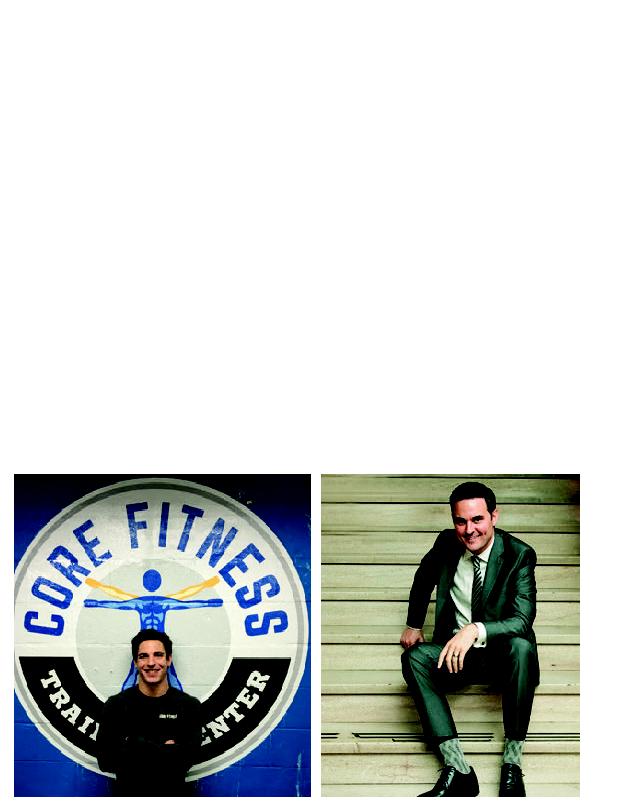
ever since then." Other potency
issues surround the way the
drugs can be cut with insanely
lethal agents like fentanyl and
carfentanyl. "Dealers make
more money by stretching
their product" with these other
agents, he adds.
in Beachwood is that they ar-
en't sold on street corners."
death or jail," states Bernon. But
if those outcomes are narrowly
escaped, the outlook is still grim.
the first three months after
detox, the heroin relapse rate
has been estimated to be above
90% in some studies and at least
50% in others when a long-term
treatment, such as methadone
or buprenorphine for mainte-
nance therapy, is not used.
year and working full time in
the financial technology indus-
try, it has been a difficult jour-
his education at the University
of Cincinnati to a screeching
halt during his sophomore year.
in high school, but pills were
quickly introduced. "At parties,
kids would say that if you took
a Percocet or Vicodin, then
drank two beers, it would feel
like you drank six." He also
reports that the pills "were not
hard to come by at BHS." Then
he had his own prescription for
Vicoprofen (hydrocodone and
ibuprofen, whereas Vicodin is
hydrocodone and acetamino-
phen) after his wisdom teeth
were pulled, putting him in
possession of a bottle of about
30 pills when he says he prob-
ably only needed around four
or five.
a moral failing." He describes
having an addictive physiology,
and that led him "to need more
and more and more." Plus, it was
always available.
get pills from someone you
graduate. His parents had no
idea what was happening
either, he says. "I was very good
at hiding it. But if they noticed
anything, they couldn't put
their finger on what it was, and
they probably were in denial."
the drugs fulfilled "a need to
change the way my brain feels."
But the counter messages at
the time don't do drugs, and
images of homeless people
living under bridges failed to
have an impact for the simple
truth that they were inconsis-
tent with what he saw around
him: friends using drugs with
immunity and impunity. "You
discredit the message," he says,
"when you don't see any nega-
tive outcomes."
lack of information concerning
their power to create addiction.
"I took them from a place of
ignorance," he explains, adding
that he wishes there had been
fewer messages involving fear
from one drug by taking a
different one. And when he
arrived at the University of
Cincinnati in 2002, the school
was flooded with OxyContin.
During his first night in the
dorm, there was a party and
pills were present, and there
was no stigma attached to their
use, he explains. But equally
important, he says, no one
makes the connection between
pills and heroin, and how that
progression can occur.
what he could do about it. "I
wasn't abused as a child," he says,
by way of explaining that his
use was an escalating biological
chemical dependency, indepen-
dent of any other factors.
your whole life when you're
growing up," Marks says. "But
all I wanted was to not feel the
way I did," a condition created
as the drugs wore off. "There
was never a moment's hesi-
tation when it came to using